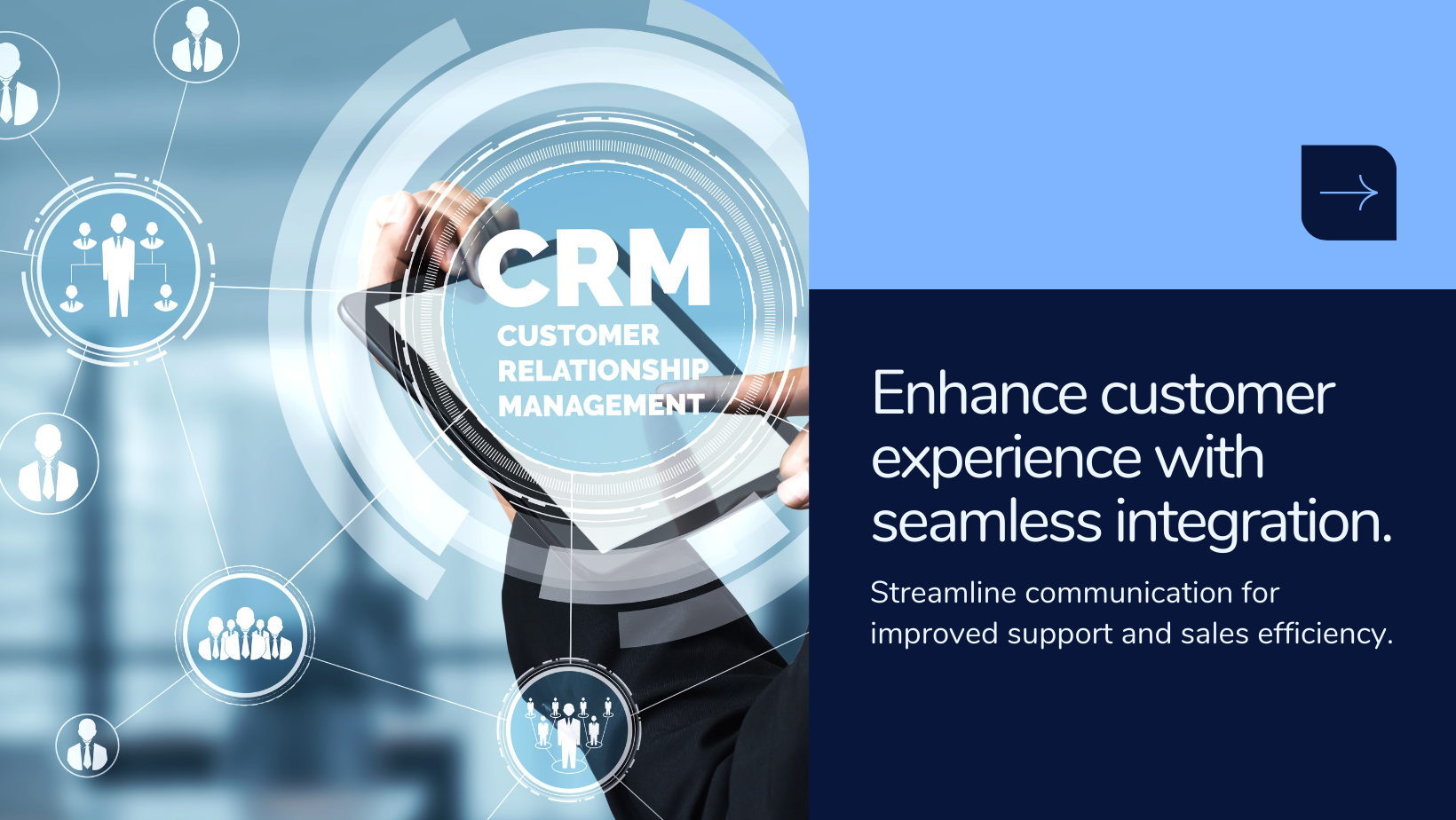Decoding Success: Unleashing the Power of Predictive Analytics for D2C Brands in India

Introduction:
In the rapidly evolving landscape of Direct-to-Consumer (D2C) brands in India, understanding and predicting consumer demand is crucial for success. With the help of predictive analytics, D2C brands can gain valuable insights into customer behavior, forecast demand, and optimize their product mix to meet market needs effectively.
In this article, we will explore how predictive analytics can empower D2C brands in India to make data-driven decisions, optimize inventory management, and ultimately drive growth. Whether you're an established D2C brand or a budding entrepreneur, harnessing the power of predictive analytics can give you a competitive edge in the Indian market.
Table of Contents:
The Significance of Predictive Analytics in D2C Brands
Collecting and Analyzing Data for Demand Forecasting
Leveraging Machine Learning Algorithms for Predictive Analytics
Demand Forecasting Techniques for D2C Brands in India
4.1. Time Series Analysis
4.2. Regression Analysis
4.3. Market Basket Analysis
4.4. Cohort Analysis
Optimizing Product Mix with Predictive Analytics
Inventory Management and Supply Chain Optimization
Enhancing Customer Experience through Personalization
Overcoming Challenges in Implementing Predictive Analytics
Security and Privacy Considerations
Conclusion
Introduction:

The growth of D2C brands in India has opened up new opportunities, but it also presents challenges in understanding consumer demand and optimizing the product mix. Predictive analytics offers a solution by utilizing advanced algorithms and data analysis techniques to forecast demand accurately. This empowers D2C brands to make informed decisions about their product offerings, inventory management, and supply chain optimization.
Collecting and Analyzing Data for Demand Forecasting:
Accurate demand forecasting relies on robust data collection and analysis. D2C brands need to leverage both internal and external data sources, such as sales history, market trends, customer demographics, and social media sentiment analysis. By analyzing this data, brands can gain insights into consumer behavior, preferences, and purchasing patterns.

Leveraging Machine Learning Algorithms for Predictive Analytics:
Machine learning algorithms play a key role in predictive analytics for demand forecasting. These algorithms can process large volumes of data, identify patterns, and make accurate predictions. D2C brands can leverage algorithms like decision trees, random forests, and neural networks to build predictive models tailored to their specific business needs.
Demand Forecasting Techniques for D2C Brands in India:
Several demand forecasting techniques can be employed by D2C brands in India to predict customer demand and optimize their product mix:
4.1. Time Series Analysis:
Time series analysis uses historical data to identify patterns and trends over time. This technique helps D2C brands forecast future demand based on past sales data.
4.2. Regression Analysis:
Regression analysis establishes relationships between variables, such as price, promotions, and sales. By applying regression models, brands can estimate the impact of these variables on demand and make informed pricing and promotion decisions.
4.3. Market Basket Analysis:
Market basket analysis examines customer purchasing behavior by identifying associations between products frequently bought together. This technique helps D2C brands understand cross-selling opportunities and optimize product bundling strategies.
4.4. Cohort Analysis:
Cohort analysis involves grouping customers based on shared characteristics and analyzing their behavior over time. D2C brands can use cohort analysis to identify trends, customer retention rates, and potential upselling or cross-selling opportunities.
Optimizing Product Mix with Predictive Analytics:
By analyzing demand forecasts and customer insights, D2C brands can optimize their product mix to align with market demand and consumer preferences. Predictive analytics helps identify high-demand products, uncover emerging trends, and determine the optimal assortment of products to offer. By understanding which products are likely to perform well, D2C brands can allocate resources effectively and maximize revenue potential.
Inventory Management and Supply Chain Optimization:
Predictive analytics enables D2C brands to optimize inventory management and streamline their supply chain. By accurately forecasting demand, brands can avoid stockouts or overstock situations, reducing inventory carrying costs and improving operational efficiency. This leads to better inventory turnover, improved customer satisfaction, and increased profitability.
Enhancing Customer Experience through Personalization:
Predictive analytics allows D2C brands to deliver personalized experiences to their customers. By analyzing customer data and preferences, brands can tailor product recommendations, marketing campaigns, and offers to individual customers. This level of personalization enhances customer engagement, fosters brand loyalty, and drives repeat purchases.
Overcoming Challenges in Implementing Predictive Analytics:
Implementing predictive analytics in D2C brands may come with challenges. These include data quality issues, technological infrastructure requirements, and the need for skilled data analysts. However, with proper data governance practices, investment in suitable tools and technologies, and training resources, these challenges can be overcome to unlock the full potential of predictive analytics.
Security and Privacy Considerations:
As D2C brands handle sensitive customer data, it is essential to prioritize data security and privacy. Implementing robust data protection measures, complying with relevant regulations, and ensuring transparency in data handling practices are crucial to maintain customer trust and safeguard sensitive information.
Conclusion:
Predictive analytics has become a game-changer for D2C brands in India, offering invaluable insights into demand forecasting and product mix optimization. By leveraging advanced analytics techniques, D2C brands can make data-driven decisions, optimize inventory management, enhance customer experiences, and stay ahead in the competitive market. Embracing predictive analytics empowers D2C brands to adapt to changing consumer preferences, drive growth, and build long-lasting relationships with their customers. As the Indian D2C landscape continues to evolve, the strategic use of predictive analytics will be a key differentiator for success.
FAQs
Question: What is predictive analytics, and how does it help D2C brands forecast demand?
Answer: Predictive analytics is the use of data analysis techniques and algorithms to make predictions about future events. It helps D2C brands forecast demand by analyzing historical data, market trends, and customer behavior to predict future sales patterns.
Question: Why is demand forecasting important for D2C brands in India?
Answer: Demand forecasting enables D2C brands to optimize their product mix, align inventory levels with expected demand, avoid stockouts or overstock situations, and ultimately meet customer needs more efficiently.
Question: What kind of data is needed for accurate demand forecasting?
Answer: Accurate demand forecasting requires a combination of internal data (sales history, customer data) and external data (market trends, competitor analysis, social media sentiment) to capture a comprehensive view of the market and customer behavior.
Question: What are the different techniques used for demand forecasting?
Answer: Common techniques include time series analysis, regression analysis, market basket analysis, and cohort analysis. These techniques analyze historical data and identify patterns to make predictions about future demand.
Question: How can D2C brands optimize their product mix using predictive analytics?
Answer: Predictive analytics helps D2C brands identify high-demand products, emerging trends, and customer preferences. By analyzing this information, brands can optimize their product mix to align with market demand and maximize revenue potential.
Question: Can predictive analytics help with inventory management and supply chain optimization?
Answer: Yes, predictive analytics enables D2C brands to optimize inventory levels, reduce stockouts or overstocks, and improve overall supply chain efficiency. It helps align inventory with expected demand, reducing costs and improving customer satisfaction.
Question: How can predictive analytics enhance the customer experience for D2C brands?
Answer: By analyzing customer data and preferences, predictive analytics enables personalized product recommendations, targeted marketing campaigns, and customized offers. This enhances the customer experience, increases engagement, and fosters brand loyalty.
Question: What challenges might D2C brands face when implementing predictive analytics?
Answer: Challenges include data quality issues, technological infrastructure requirements, and the need for skilled data analysts. However, with proper data governance, suitable tools, and training resources, these challenges can be overcome.
Question: How can D2C brands ensure data security and privacy when using predictive analytics?
Answer: D2C brands must prioritize data security by implementing robust data protection measures, complying with relevant regulations, and ensuring transparency in data handling practices. Safeguarding customer information is crucial for maintaining trust.
Question: Is predictive analytics only suitable for established D2C brands, or can startups benefit as well?
Answer: Predictive analytics is valuable for both established D2C brands and startups. It helps startups make data-driven decisions from the start, optimize their product mix, and gain a competitive edge in the market.
These FAQs cover common concerns and provide insights into the use of predictive analytics for demand forecasting and product mix optimization for D2C brands in India.




